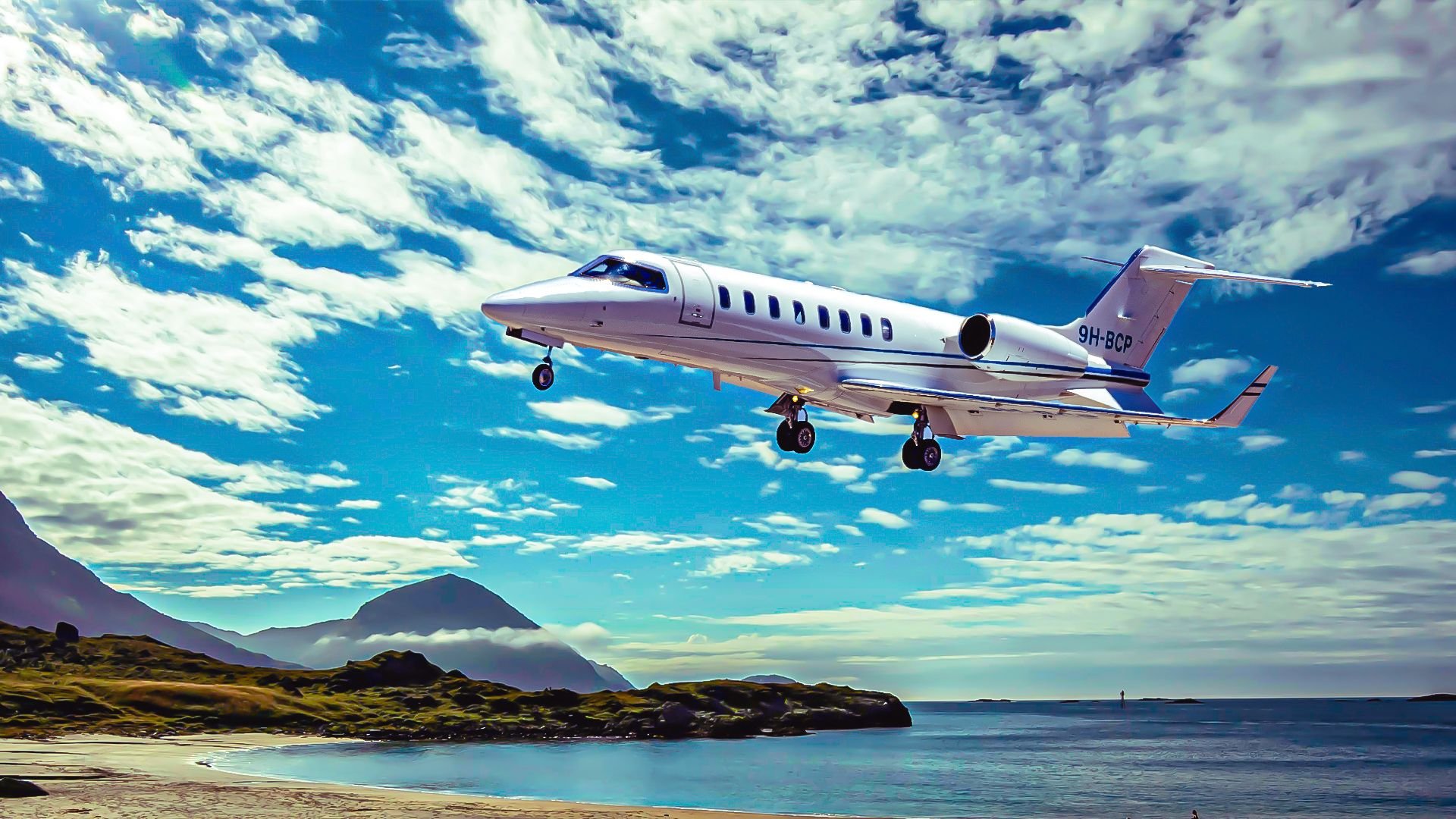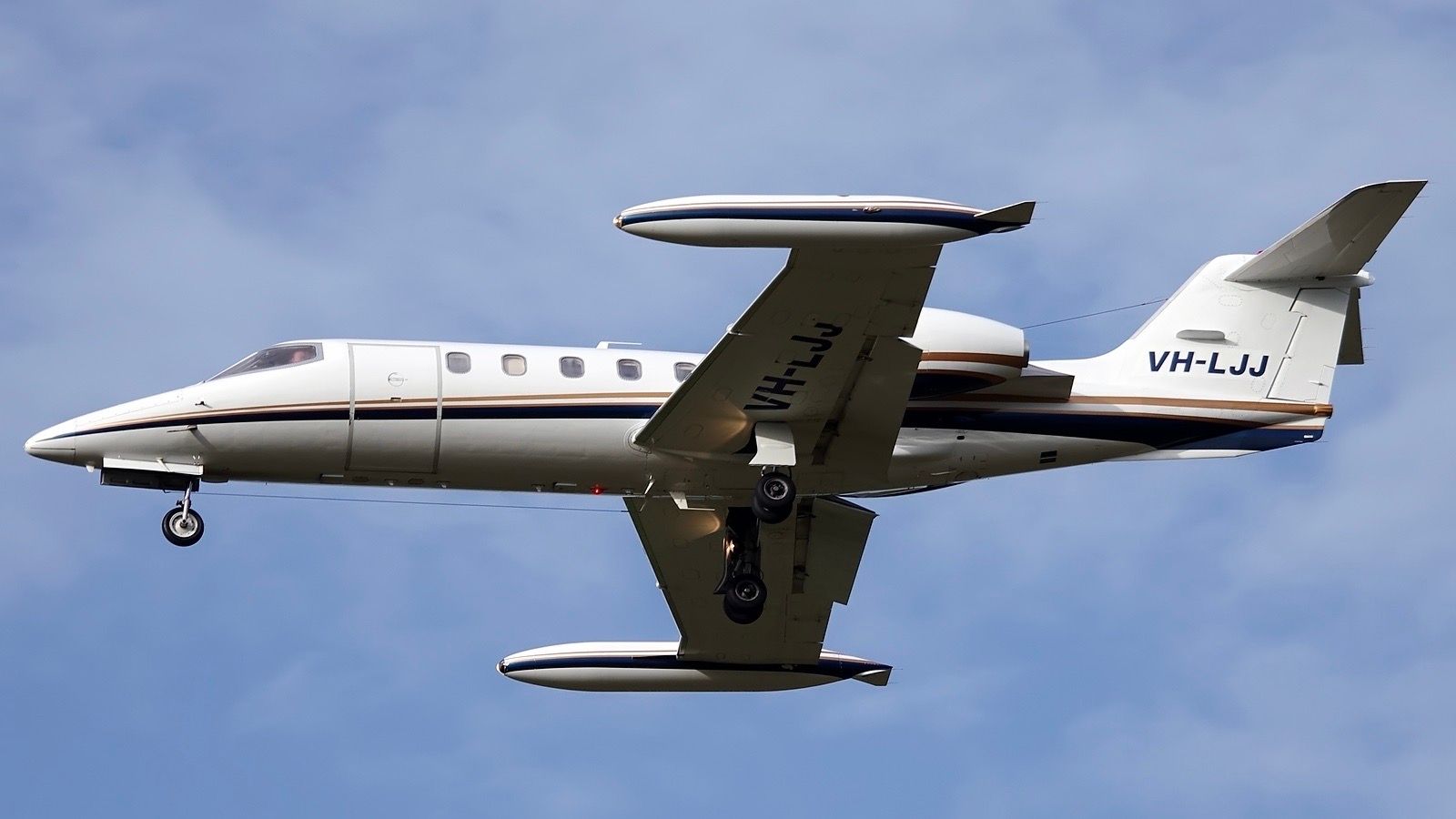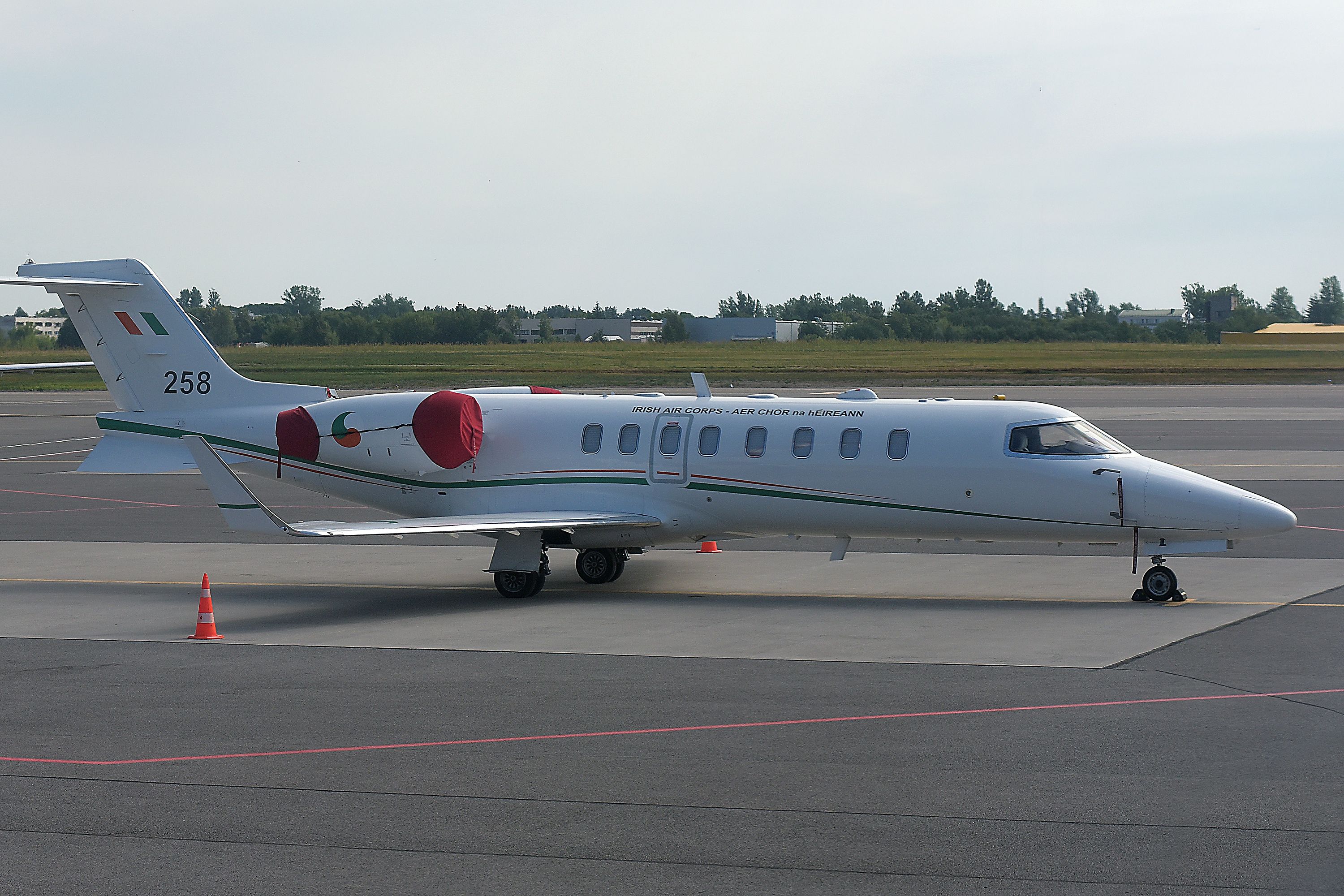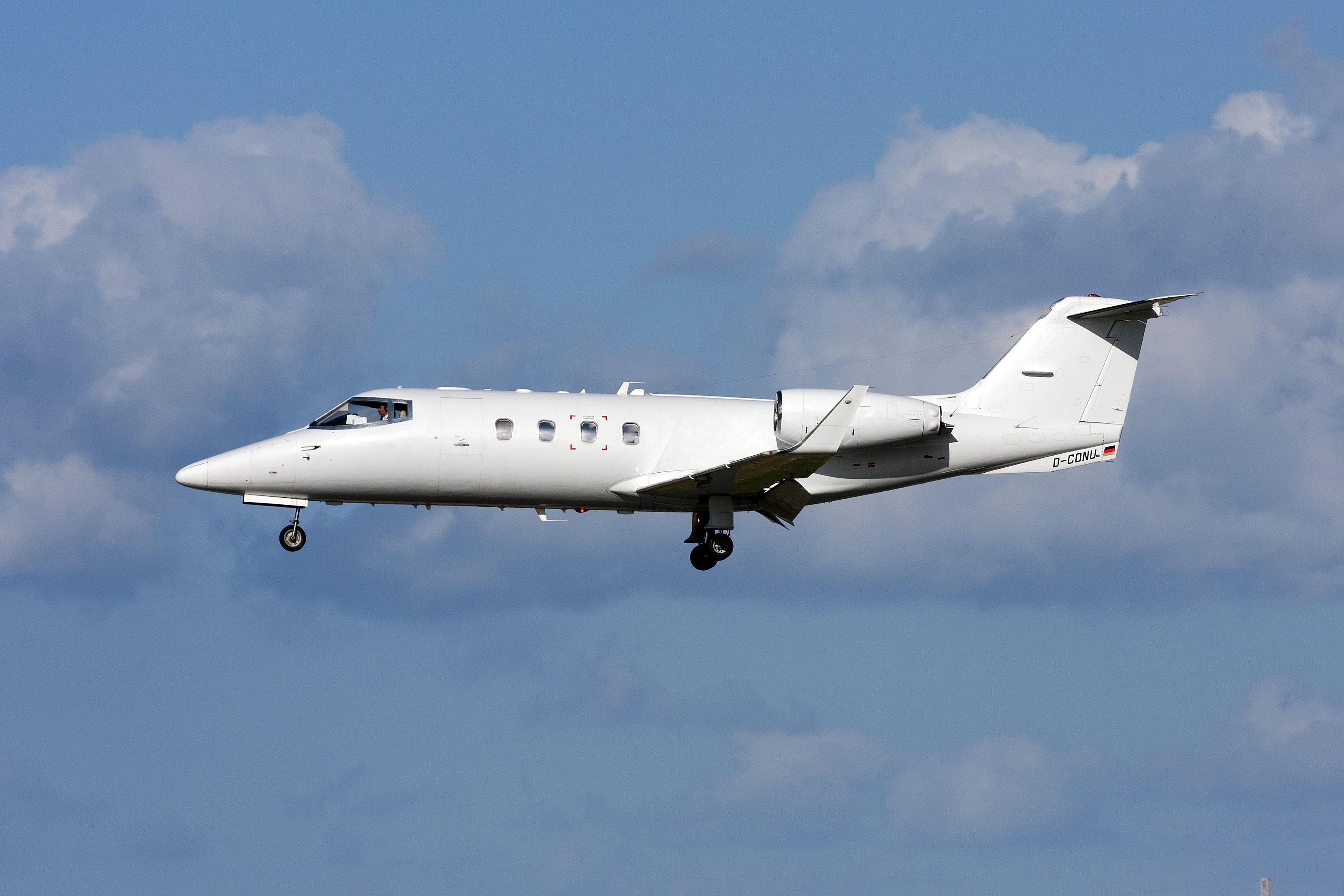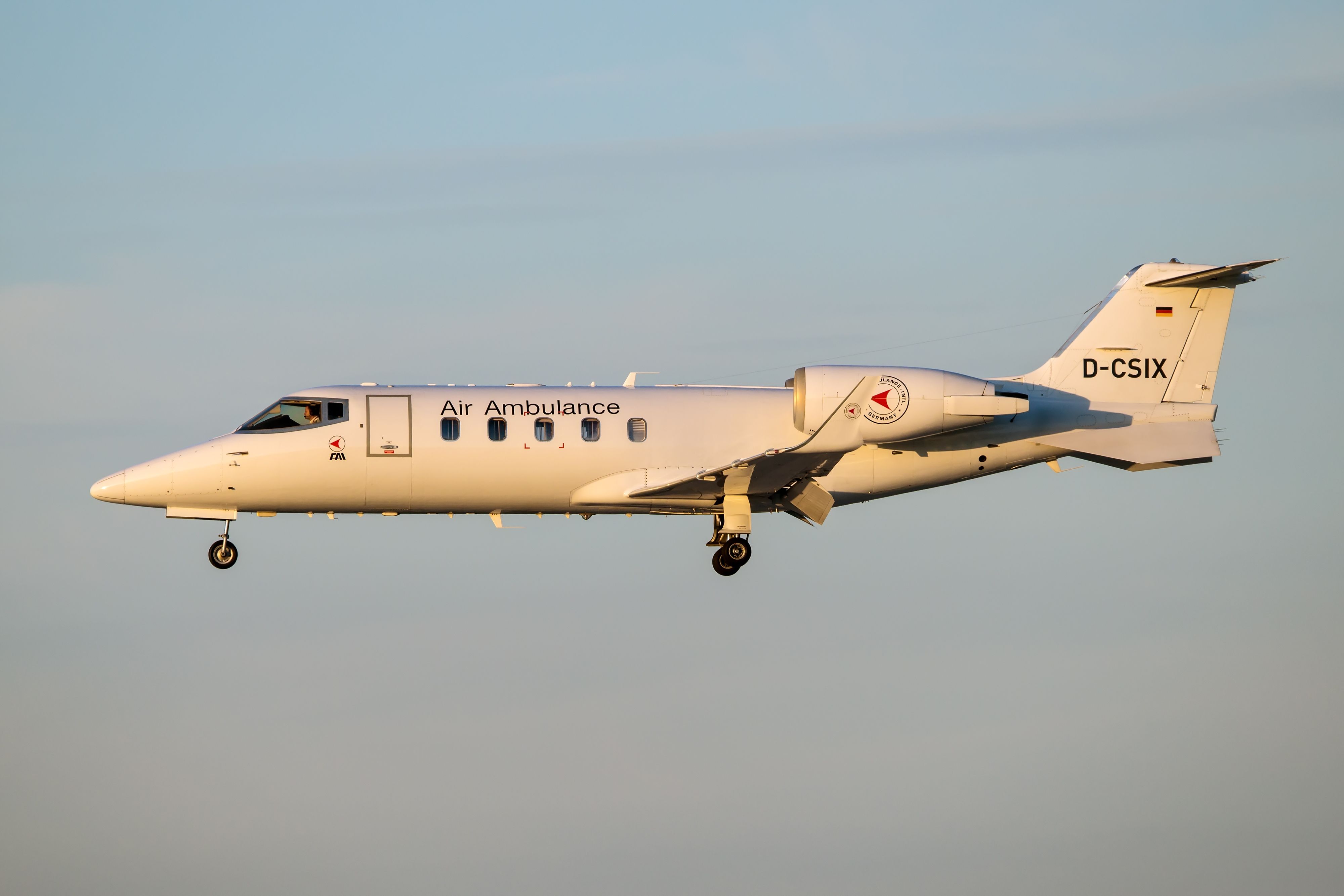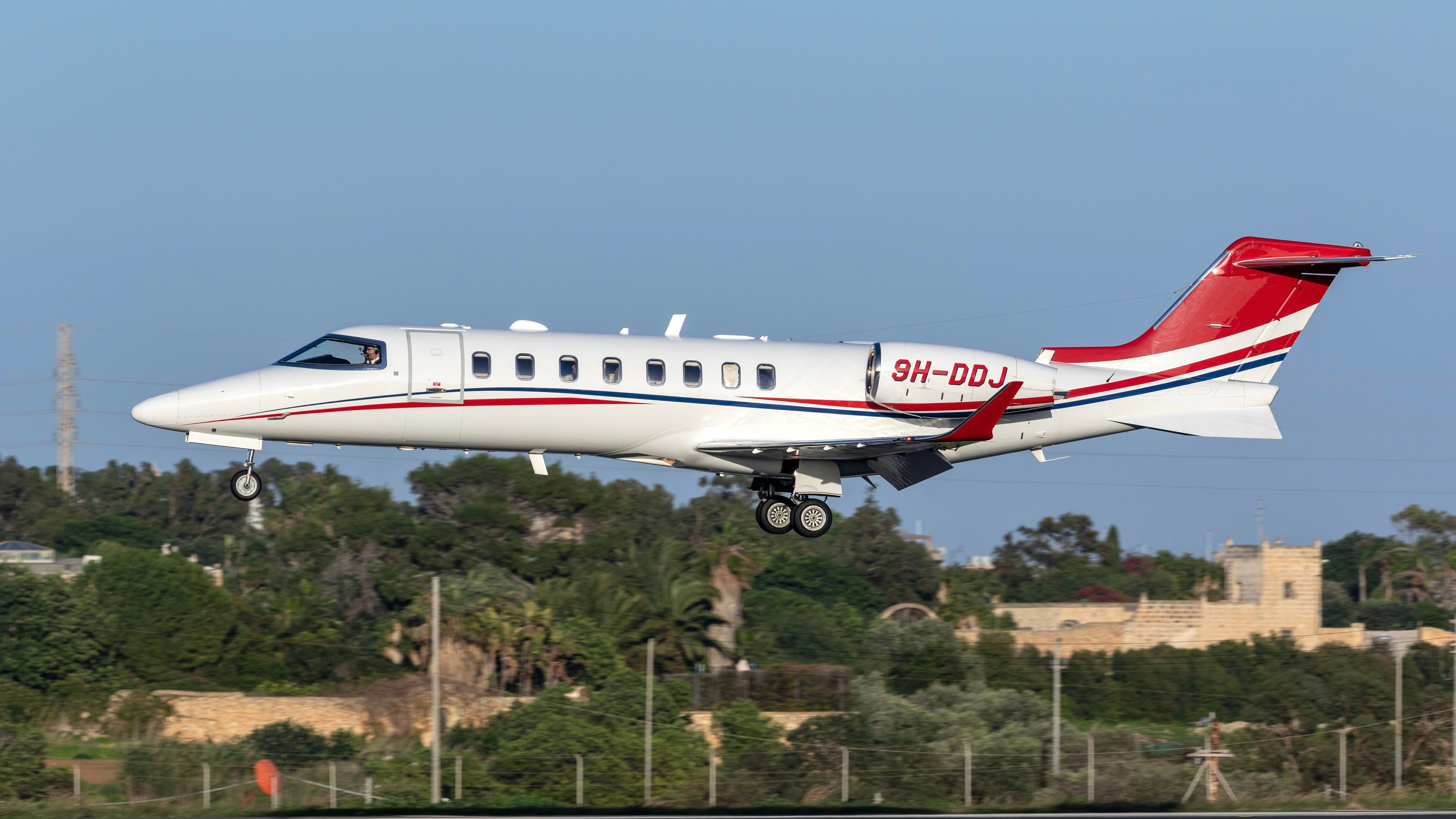Learjet
was one of the most prominent private jet manufacturers in the 20th century. Bill Lear founded the company in the late 1950s as the Swiss American Aircraft Corporation. The company was developed to begin production of a business jet, which was originally designated the SAAC-23. However, Lear found it difficult to develop the aircraft in Switzerland and, therefore, moved his company to Wichita, Kansas, in 1962.
The company began its official production of the first Learjet later that year. The following year, Lear renamed the company to Lear Jet Corporation. After the company was rebranded, the first busiuness jet
, the Learjet 23, began flying. The introduction of this aircraft in 1964 was the beginning of the Learjet’s popularity in the private aviation industry. Over the years, Learjet would continue to grow in popularity, especially after the introduction of the Learjet 35.
The company was acquired by Bombardier
Aerospace in 1990. The company continued production of all popular Learjet models, including finishing the development of the Learjet 60 and the Learjet 45. However, through the 2000s, Bombardier saw a decline in existing Learjet aircraft. As sales slowed into the 2020s, Bombardier announced it would end the production of all Learjet aircraft.
The final Learjet was delivered in March 2022, which ended over 60 years of production. During this time, the popular manufacturer delivered over 3,000 aircraft. Let’s take a closer look at some of the biggest aircraft Learjet have developed.
4
Learjet 45
Year introduced: 1998
|
Length |
58 feet |
|---|---|
|
Height |
14 feet one inch |
|
Wingspan |
47 feet ten inches |
|
Maximum takeoff weight (MTOW) |
12,850 pounds |
|
Cruise speed |
445 knots (510 miles per hour) |
|
Range |
1,710 nautical miles (1,968 miles) |
|
Service ceiling |
51,000 feet |
Learjet began producing a brand-new clean-sheet aircraft in the early 1990s. This was the first new design of a Learjet aircraft since the original Learjet. This midsize business jet was meant to compete with the Cessna Citation Excel series, which is one of the most flown business jet series in the world. It flew for the first time in 1995, and it was officially introduced in 1998. Over 600 Learjet 45s were produced in its lifetime.
Overall, the Learjet 45 featured several new design implementations, such as a lighter and more affordable wing. It utilized two Honeywell TFE731 turbofan engines, which provided over 3,500 pounds of thrust each. Inside the cockpit, the Learjet 45 was powered by the Honeywell Primus 1000 EFIS avionics suite.
3
Learjet 55
Year introduced: 1981
|
Length |
55 feet one inch |
|---|---|
|
Height |
14 feet eight inches |
|
Wingspan |
43 feet ten inches |
|
Maximum takeoff weight (MTOW) |
13,000 pounds |
|
Cruise speed |
402 knots (462 miles per hour) |
|
Range |
2,165 nautical miles (2,492 miles) |
|
Service ceiling |
51,000 feet |
The Learjet 55 was the upgraded variant of the Learjet 50. It was first announced in 1977 at the annual Paris Air Show. At the time, the Learjet 55 had the biggest interior of any Learjet offering. It flew for the first time in April 1979. The aircraft was officially introduced in 1981, and nearly 150 aircraft were produced until 1987.
Photo: InsectWorld | Shutterstock
The Learjet 55 was a clean-sheet aircraft with special winglets designed by NASA. These winglets are why the Learjet 55 was nicknamed the Longhorn. It is powered by two Garrett TFE731 turbofan engines, which provide over 3,700 pounds of thrust each.
2
Learjet 60
Year introduced: 1991
|
Length |
58 feet five inches |
|---|---|
|
Height |
14 feet eight inches |
|
Wingspan |
43 feet nine inches |
|
Maximum takeoff weight (MTOW) |
14,640 pounds |
|
Cruise speed |
466 knots (536 miles per hour) |
|
Range |
2,410 nautical miles (2,773 miles) |
|
Service ceiling |
51,000 feet |
Learjet first began designing the Learjet 60 as an upgraded variant of the Learjet 55. The first prototype of the Learjet 60 conducted its maiden flight in October 1990. It received its official type certification from the FAA in January 1993, and deliveries of the aircraft began shortly after. Over 400 Learjet 60s were produced.
Photo: Media_works | Shutterstock
The company stretched the fuselage of the Learjet 55 and utilized more powerful Pratt & Whitney Canada PW305A turbofan engines, which provided the Learjet 60 with over 9,000 total pounds of thrust. It also incorporated several aerodynamic upgrades, improving the business jet’s impressive performance.
1
Learjet 75
Year introduced: 2013
|
Length |
58 feet |
|---|---|
|
Height |
14.13 feet |
|
Wingspan |
50 feet eleven inches |
|
Maximum takeoff weight (MTOW) |
21,500 pounds |
|
Cruise speed |
465 knots (535 miles per hour) |
|
Range |
2,040 nautical miles (2,350 miles) |
|
Service ceiling |
51,000 feet |
The Learjet 75 was the last Learjet in production. This was largely developed from the Learjet 40 and Learjet 45 series. However, Learjet incorporated several large improvements. The aircraft was first designed in the early 2010s. It was officially certified by the Federal Aviation Administration (FAA) on November 14, 2013. There were a few delays during the certification process, which caused several projected orders to be canceled. Production of the Learjet 75 was stopped in 2022, as Bombardier intended to focus on its larger business jet offerings.
The Learjet 75 utilized the Garmin G5000 avionics suite, along with an upgraded interior. Learjet also incorporated new canted winglets on this aircraft, which would eventually be used on the Bombardier Global series. Additionally, the Learjet 75 was powered by two Honeywell TFE731 turbofan engines, which provided over 3,850 pounds of thrust each.

